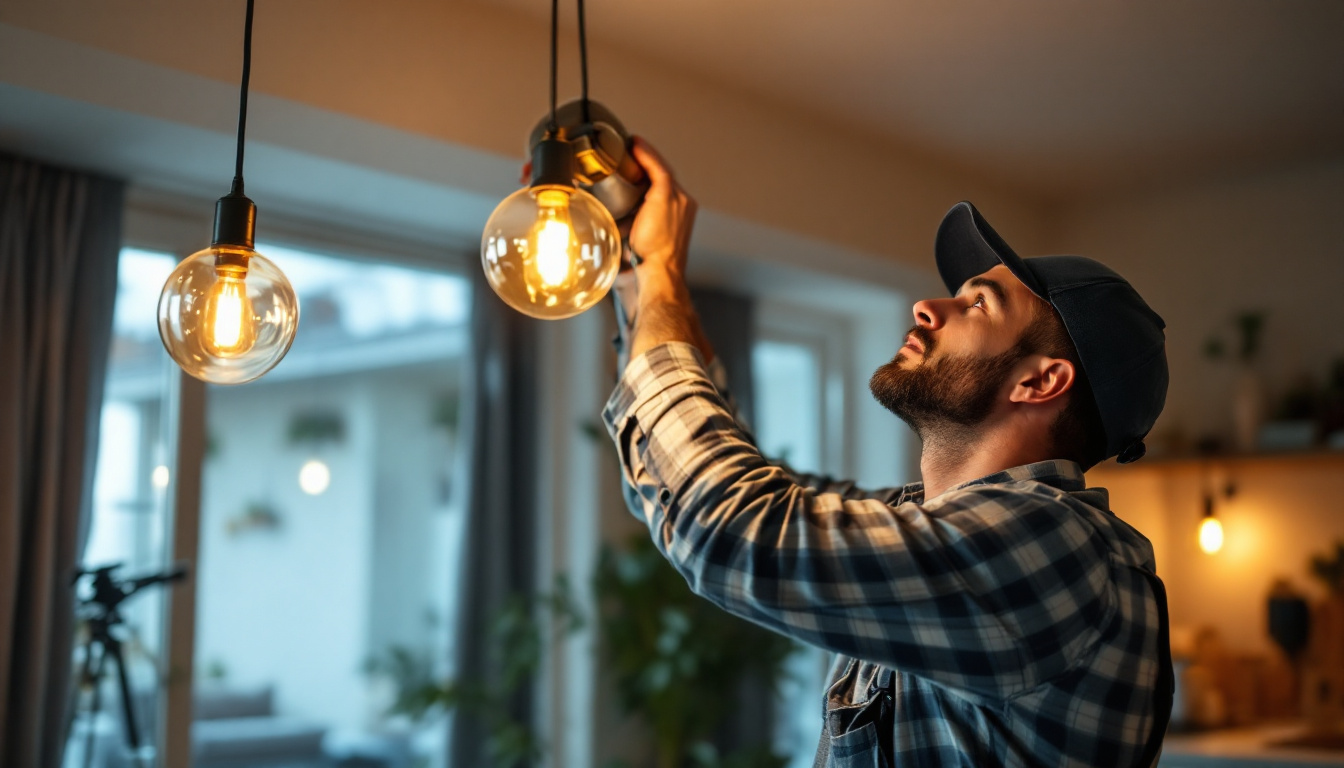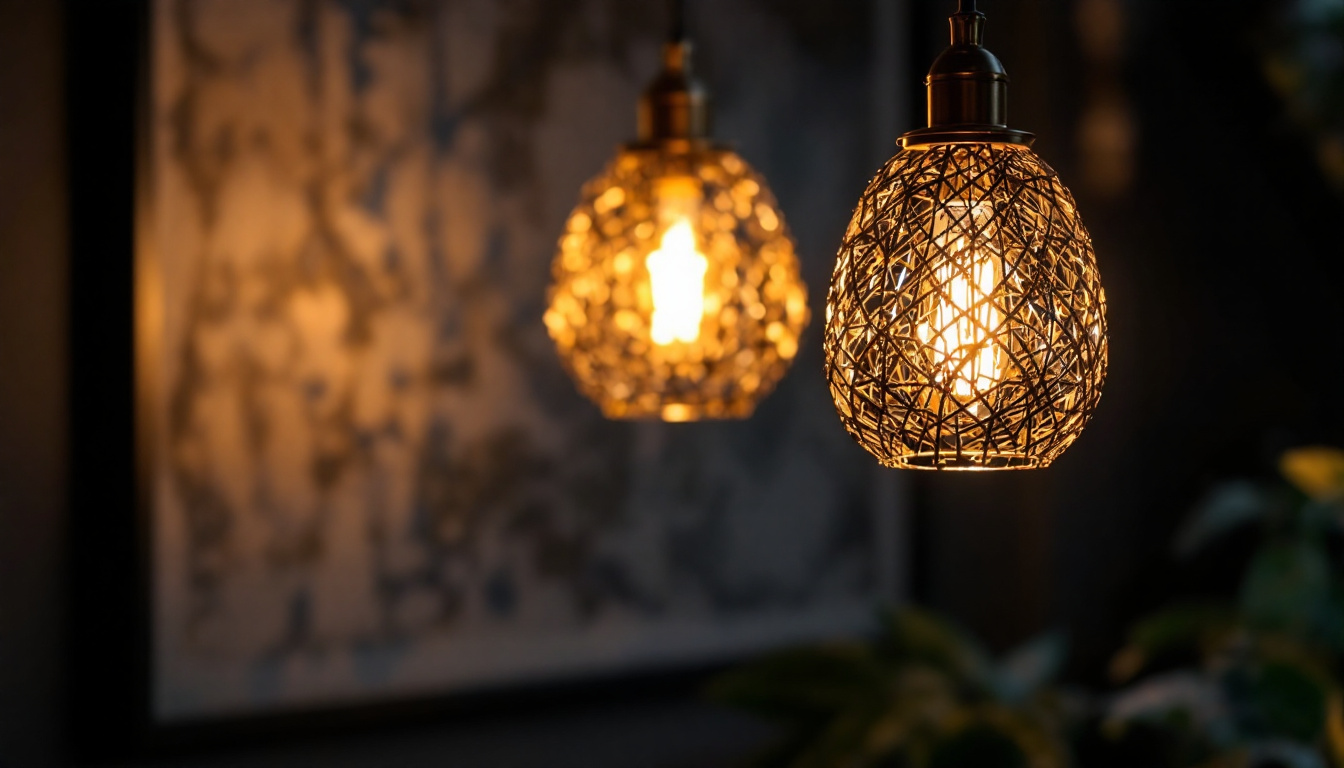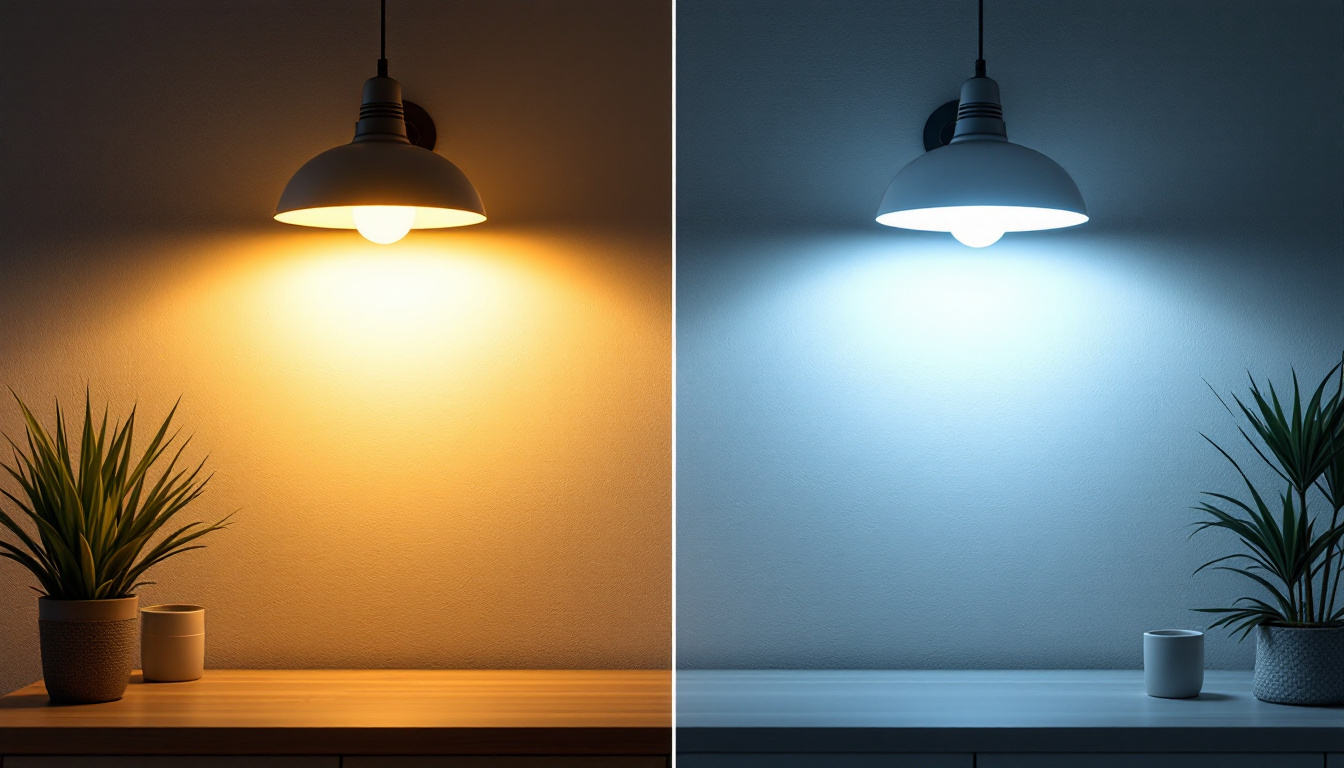
Lighting plays a crucial role in the aesthetics and functionality of any space. For lighting contractors, understanding the various types of light fixtures is essential to meet client needs effectively. This guide delves into the intricacies of light fixtures, offering insights that can enhance project outcomes and client satisfaction.
Light fixtures are not merely sources of illumination; they also serve as design elements that can enhance or detract from a space’s overall aesthetic. A well-chosen fixture can transform a room, creating ambiance and highlighting architectural features. For lighting contractors, knowledge of different fixture types, their applications, and installation techniques is vital.
There are several categories of light fixtures that contractors should be familiar with. These include ambient, task, and accent lighting fixtures. Each type serves a specific purpose and can be utilized in various settings.
Ambient lighting provides general illumination, ensuring that spaces are well-lit and comfortable. Task lighting, on the other hand, focuses on specific areas where activities such as reading or cooking take place. Accent lighting is used to highlight particular features, such as artwork or architectural details, adding depth and interest to a room.
Light fixtures come in a variety of styles, from contemporary to traditional, industrial to rustic. Understanding these styles helps contractors recommend fixtures that align with the client’s vision and the overall design of the space.
For instance, a modern space may benefit from sleek, minimalist fixtures, while a more traditional setting might call for ornate chandeliers or sconces. Recognizing the nuances of different styles allows contractors to provide tailored solutions that resonate with the client’s preferences.
In addition to style, contractors must also consider the materials used in light fixtures. Options range from metals like brass and chrome to softer materials such as glass and fabric. Each material not only contributes to the aesthetic appeal but also affects the light quality and durability of the fixture. For example, glass fixtures can create a diffused light effect, softening the overall illumination, while metal fixtures often provide a more focused beam. Understanding these material properties can help contractors make informed recommendations that enhance both the functionality and beauty of a space.
Moreover, the energy efficiency of light fixtures has become a significant consideration in recent years. With the rise of LED technology, many fixtures now offer long-lasting, energy-saving options that reduce electricity costs and environmental impact. Contractors should stay updated on the latest advancements in lighting technology, including smart lighting solutions that allow for customizable settings and remote control. This knowledge not only benefits the contractor’s credibility but also empowers clients to make sustainable choices that align with modern living standards.
When selecting light fixtures, several factors must be considered to ensure optimal performance and client satisfaction. These considerations range from functionality and aesthetics to energy efficiency and installation requirements.
Understanding the primary purpose of lighting in a given space is essential. For example, in a kitchen, task lighting is critical for food preparation areas, while ambient lighting is necessary for overall illumination. Contractors should assess the needs of each room and recommend fixtures that fulfill these requirements effectively.
Moreover, the layout of the space plays a significant role in determining fixture placement. Proper positioning can enhance both functionality and aesthetics, creating a harmonious balance that meets the client’s expectations. In addition, the use of layered lighting—combining ambient, task, and accent lighting—can dramatically improve the versatility of a space. For instance, in a living room, contractors might suggest a mix of recessed lighting for overall brightness, table lamps for reading, and wall sconces to highlight artwork, thus creating a dynamic environment that caters to various activities and moods.
With growing concerns about energy consumption and sustainability, selecting energy-efficient fixtures is more important than ever. LED fixtures, for instance, offer significant energy savings and longer lifespans compared to traditional incandescent bulbs.
Contractors should educate clients on the benefits of energy-efficient lighting, including lower utility bills and reduced environmental impact. Additionally, many energy-efficient fixtures come with advanced features such as dimming capabilities and smart technology, further enhancing their appeal. The integration of smart lighting systems allows homeowners to control their lighting remotely, schedule on/off times, and even adjust brightness levels based on the time of day or occupancy, promoting both convenience and energy conservation. Furthermore, many municipalities offer incentives or rebates for installing energy-efficient lighting, making it a financially savvy choice for clients looking to upgrade their homes.
Proper installation is crucial for the performance and longevity of light fixtures. Lighting contractors must adhere to best practices to ensure safety and functionality throughout the lifespan of the fixtures. A well-executed installation not only enhances the aesthetic appeal of a space but also maximizes energy efficiency, which is increasingly important in today’s environmentally conscious market.
Before beginning any installation, it is essential to adhere to safety protocols. This includes turning off power to the area where the fixture will be installed and using appropriate personal protective equipment. Additionally, contractors should be familiar with local electrical codes and regulations to ensure compliance. Understanding these codes can prevent costly mistakes and ensure that the installation is up to standard, which is vital for both safety and insurance purposes.
Using the correct tools and techniques is also vital. For instance, ensuring that fixtures are securely mounted and that wiring is properly connected can prevent future issues and enhance safety. It is also advisable to inspect the fixtures for any defects before installation, as even minor flaws can lead to significant problems down the line. Furthermore, maintaining a clean and organized workspace can minimize hazards and streamline the installation process, allowing for a more efficient workflow.
After installation, testing the fixtures is a critical step that should not be overlooked. Contractors should check for proper functionality, ensuring that all fixtures illuminate as intended. Adjustments may be necessary to achieve the desired lighting effect, especially in spaces with multiple fixtures. This phase is not just about checking if the lights turn on; it involves assessing the quality of light, its distribution, and how it interacts with the surrounding environment.
Encouraging clients to provide feedback during this phase can also be beneficial. Their input can guide any final adjustments, ensuring that the lighting meets their expectations and enhances the overall design of the space. Additionally, discussing the importance of energy-efficient lighting options, such as LED fixtures, can help clients make informed decisions that align with their sustainability goals. Providing a brief tutorial on how to operate any smart lighting systems or dimmers can also empower clients to take full advantage of their new installations, ensuring they enjoy both functionality and flexibility in their lighting choices.
The lighting industry is continually evolving, with new trends emerging regularly. Staying informed about these trends can provide contractors with valuable insights that can enhance their offerings and attract new clients.
Smart lighting technology has gained significant traction in recent years. These systems allow users to control their lighting via smartphones or voice-activated devices, offering convenience and customization.
Contractors should familiarize themselves with various smart lighting options, including programmable schedules, color-changing capabilities, and integration with home automation systems. Understanding these features enables contractors to present clients with modern, innovative solutions that enhance their living spaces.
As sustainability becomes a priority for many homeowners, eco-friendly lighting solutions are increasingly in demand. This includes fixtures made from recycled materials, as well as those that prioritize energy efficiency.
Contractors can differentiate themselves by offering eco-conscious options and educating clients about the benefits of sustainable lighting. This not only aligns with current consumer preferences but also contributes positively to the environment.
Effective communication with clients is paramount in the lighting contracting business. Educating clients about their options and the importance of quality lighting can lead to more informed decisions and greater satisfaction.
During the initial consultation, contractors should take the time to understand the client’s vision, preferences, and budget. Asking open-ended questions can facilitate a productive dialogue, allowing contractors to gather essential information that will inform their recommendations.
Providing visual aids, such as catalogs or digital renderings, can also help clients visualize their options. This collaborative approach fosters trust and ensures that the final design aligns with the client’s expectations.
Once the project is complete, offering post-installation support can enhance client relationships. This may include providing maintenance tips, troubleshooting common issues, or offering warranty information.
By being available for follow-up questions or concerns, contractors can demonstrate their commitment to client satisfaction and build long-term relationships that may lead to future projects or referrals.
In the world of lighting contracting, knowledge of light fixtures is essential for success. By understanding the various types of fixtures, installation best practices, and current trends, contractors can provide clients with tailored solutions that enhance both functionality and aesthetics.
Moreover, effective communication and education play a crucial role in fostering positive client relationships. By prioritizing these elements, lighting contractors can elevate their services, ensuring that they meet and exceed client expectations in every project.
Ultimately, the right lighting can transform a space, and lighting contractors are integral to making that transformation a reality. With the right knowledge and approach, they can illuminate not just rooms, but also their careers.
Ready to enhance your lighting projects with the highest quality fixtures at unbeatable prices? Look no further than LumenWholesale for a vast selection of spec-grade lighting products. Say goodbye to inflated markups and hello to superior lighting solutions that meet rigorous industry standards. With free shipping on bulk orders, LumenWholesale is your go-to source for premium lighting without the hassle. Elevate your service offerings and delight your clients with the perfect blend of quality, affordability, and convenience. Choose LumenWholesale for Wholesale Lighting at the Best Value and light up your career today.

Discover how lighting contractors are transforming spaces with decorative light fixtures.

Discover how Arena Horse is revolutionizing the lighting industry for contractors by streamlining processes and enhancing efficiency.

Discover the key differences between LED and fluorescent lighting in this comprehensive guide.

Discover the crucial aspects of garage ceiling fans that lighting contractors frequently miss.